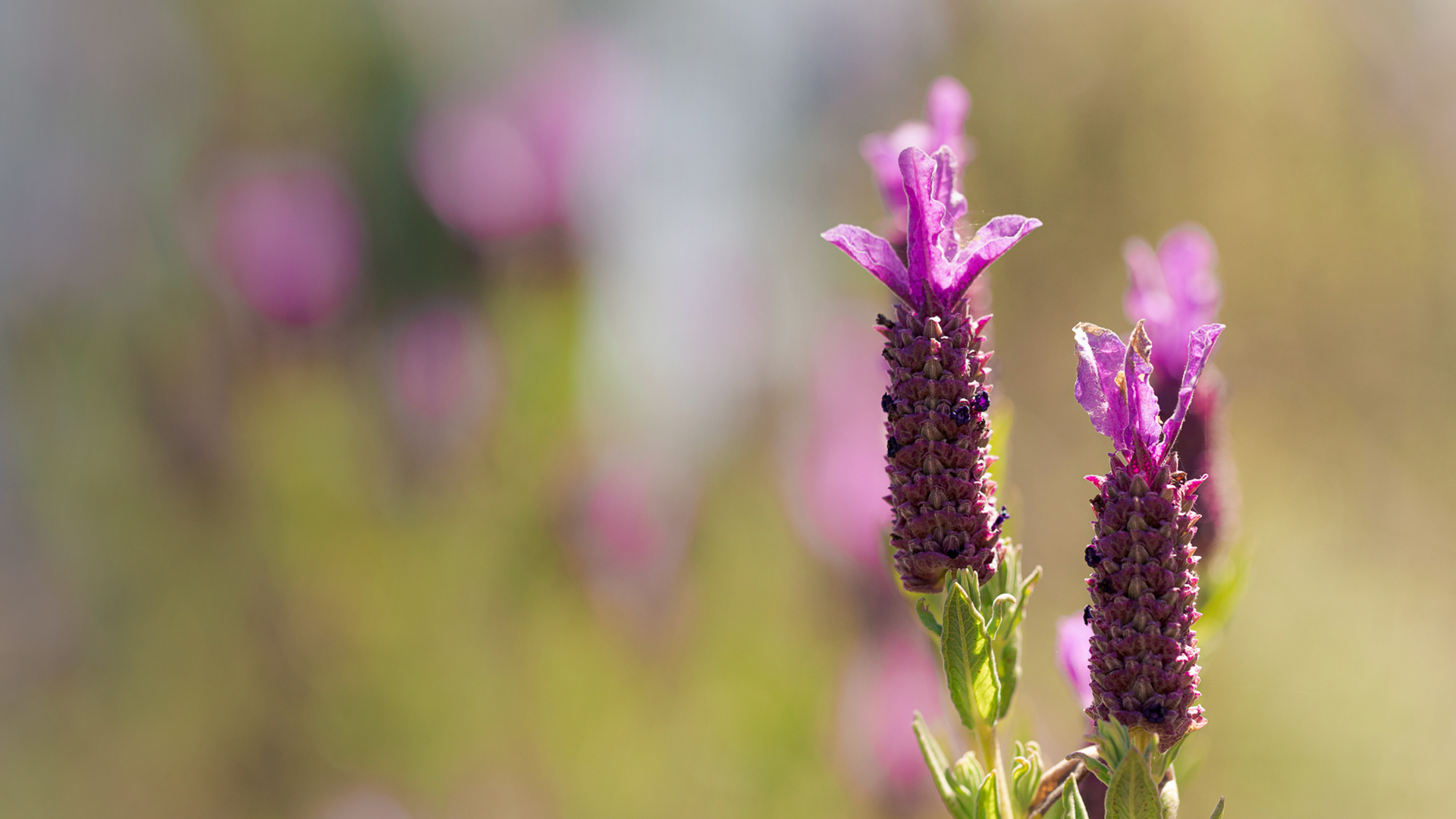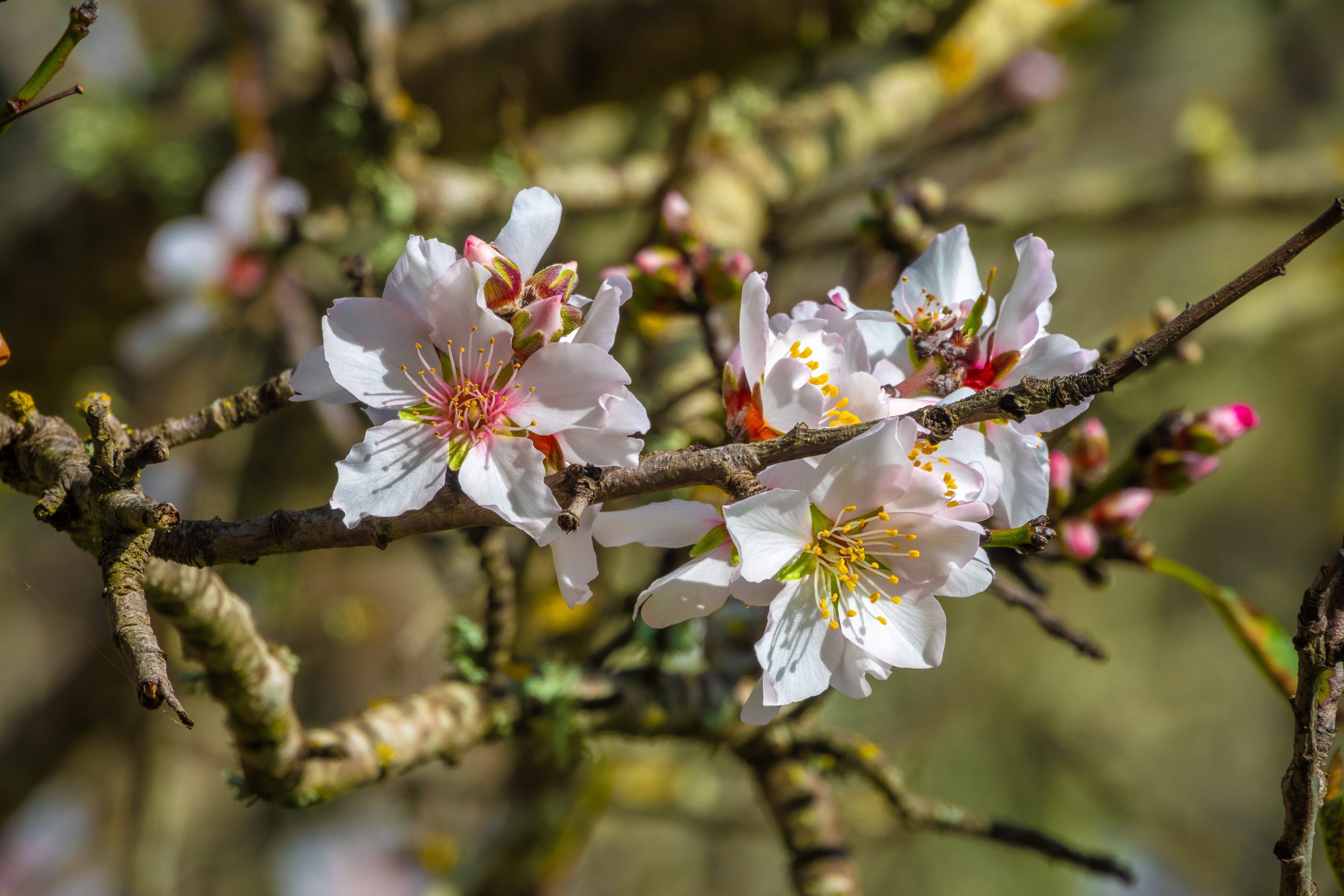For many, this is a time of renewal and rebirth, to rekindle energies and an inspiring awakening for painters and writers; for others, it’s the beginning of allergy season – such is spring. Of all seasons, it’s the one with the power to awaken nature, fauna and flora, offering a warm embrace after a long winter. Learn about the transformative effects of spring on forests and how it is affected by climate change.
The astronomical spring, which formally begins in Portugal on March 20, marks that time of year when, in its translational movement, the orientation of our planet’s axis of rotation is once again perpendicular to the Sun, illuminating the northern and southern hemispheres alike.
Also called the transition season (like autumn), spring presents us with increasingly longer days, as the Sun makes a larger and higher arc in the sky, resulting in greater incident radiation – some spring days are still quite cold and rainy but others are warmer, as the result of the heating of the earth’s surface by solar radiation which, when irradiated, heats the planet’s atmosphere.
It is, therefore, the season when there is more seasonality in biological diversity. In spring, life returns to the woods, to our backyards and gardens. The renewal of the landscape takes place, marking the end of the dormancy period when the sole objective of some plants and animals was to survive. In their spring awakening, plants see their leaves and flowers sprout with new shoots, restarting photosynthesis and changing carbon cycles, which is clearly there in tree growth rings, displaying a clear and larger band during the spring and summer seasons.
Given all the changes in nature and the abundance of food as a result of more heat, animals awaken, some reproduce and others, such as pollinators – like bees, birds or bats –, resume their important task of disseminating pollen and triggering plant reproduction.
This season is also the right time for the proliferation of some species of fungi that, in mid-March, ripen and erupt from the soils. Of these mushrooms growing in the spring in the woods, many grow next to some species of trees and plants, establishing with them a mycorrhizal association, that is, a symbiotic relationship which is beneficial to both fungi and trees: fungi provide water and nutrients to the plant, and the plant reciprocates with organic compounds, such as carbon.





